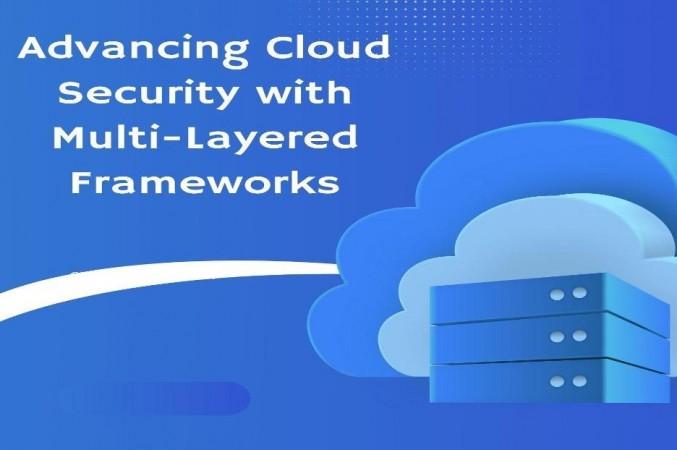
In today's rapidly evolving digital landscape, cloud computing has become an integral part of organizational infrastructure, enabling agility and scalability. However, this transformation also introduces significant security challenges. Chakradhar Sunkesula, an expert in cloud security, presents a novel multi-layered security framework designed to address these challenges. This article explores the innovations within the framework, focusing on advanced threat detection, authentication, and API security, which set a new standard for protecting cloud environments.
The Need for Multi-Layered Security
The exponential adoption of cloud computing has increased security vulnerabilities, with organizations reporting an average of 43 cloud security incidents per month. Traditional perimeter-based security measures are no longer sufficient to protect modern, distributed systems. Multi-layered security frameworks have emerged as a solution, integrating various protective measures such as zero-trust architecture, advanced threat detection, and automated response mechanisms. Organizations implementing such frameworks report 71% fewer security incidents compared to conventional systems.
Enhancing Network Security
At the core of the framework is a robust network security architecture incorporating zero-trust principles. By segmenting critical components into distinct subnets and enforcing dynamic access control lists, this architecture reduces lateral movement attacks by 85%. AI-driven traffic analysis further bolsters security by identifying anomalous patterns with 99.2% accuracy and maintaining detection latencies as low as 50 milliseconds.
Strengthening Authentication Mechanisms
Identity-based attacks remain a significant threat, accounting for 47% of credential-based breaches. The framework introduces advanced authentication measures, including multi-dimensional user classification and token security systems. These systems adapt dynamically, maintaining response times under 200 milliseconds while detecting and preventing 99.7% of credential abuse attempts. Furthermore, real-time behavior analysis reduces false positives by 87%, enabling security teams to focus on genuine threats.
Comprehensive API Security
With APIs becoming a major attack vector, the framework emphasizes robust API security measures. It validates over 2.3 billion API requests daily, preventing 99.97% of exploits while maintaining response times under 50 milliseconds. Advanced anomaly detection models analyze API usage patterns across 235 parameters, identifying and mitigating sophisticated attacks, such as data exfiltration attempts, with a 99.99% success rate.
The Role of Automation in Threat Detection
Automation plays a central role in the framework, addressing the global cybersecurity workforce shortage. AI-powered tools enable a 94% reduction in false positives and accelerate incident detection by 95%. The system processes 2.5 petabytes of telemetry data daily, maintaining a detection rate of 99.97% for sophisticated threats. Automated response mechanisms further reduce mean time to respond (MTTR) to under 15 minutes, significantly outperforming industry averages.
Achieving Operational Resilience
Operational resilience is a critical outcome of this multi-layered approach. By integrating adaptive access controls and machine learning-based anomaly detection, organizations experience 99.9999% system uptime. The framework's ability to handle 3.2 million security events per second ensures seamless operations even during active threat scenarios. These capabilities not only enhance system reliability but also reduce security-related operational costs by 73%.
The Economic Impact of Advanced Security Frameworks
Beyond technical benefits, the framework delivers substantial economic advantages. Organizations deploying the framework report a $4.2 million reduction in average breach costs and a 95-day shorter breach lifecycle. By preventing 99.8% of attempted breaches, the framework sets a new benchmark for cost-effective security in cloud environments.
In conclusion, Chakradhar Sunkesula's multi-layered security framework represents a transformative step in addressing the complexities of cloud security. By integrating zero-trust principles, advanced threat detection, and robust API security measures, the framework empowers organizations to protect their cloud environments with unparalleled efficiency and resilience. As the threat landscape evolves, adopting such comprehensive security solutions will be crucial for ensuring operational continuity, reducing costs, and safeguarding organizational integrity in the digital age.













![OnePlus 15R vs OnePlus 15: What's changed [Detailed Comparison]](https://data1.ibtimes.co.in/en/full/825978/oneplus-15r-vs-oneplus-15-whats-changed-detailed-comparison.jpg?w=220&h=135)